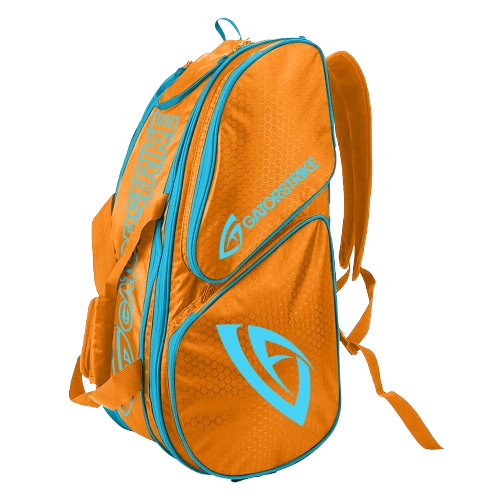
Engaging Your Wrist: Secrets to More Control on the Court
Share
In pickleball, precision often comes down to the smallest movements. An often-overlooked skill is mastering the use of your wrist, which adds finesse, control, and variety to your shots. By learning how to engage your wrist effectively, you can significantly elevate your game and surprise your opponents with unexpected angles and spin.
1. Understanding Wrist Mechanics
The wrist is a powerful lever in pickleball, allowing you to adjust shot angles, spin, and power instantly. However, using it well requires both flexibility and strength. Unlike shoulder or arm movements, wrist motions are quick and subtle, giving you better control for soft shots, like dinks, or when adding topspin or backspin.
- Flexibility and Range: Start with wrist stretches to loosen up. This can improve your range of motion and help you stay relaxed during play.
- Strength Building: Use wrist curls or resistance bands to strengthen the muscles supporting your wrist, so your shots are controlled without excess effort.
2. Enhancing Accuracy with Controlled Movements
Using your wrist sparingly, yet effectively, helps with control. Overusing it can lead to inconsistencies or unwanted spin. Instead, focus on fine-tuning minimal wrist movements to adjust angles and keep your shots precise.
- Follow Through with Intent: A well-followed wrist motion adds polish and control, ensuring the ball travels where you want.
- Less is More: For dinks or drop shots, use a subtle wrist flick. This adds just enough control to place the ball strategically without overpowering it.
3. Mastering the Spin Factor
Spin adds complexity to your shots, making them harder to predict or return. Engaging your wrist can help you generate topspin, backspin, or sidespin to keep your opponents guessing.
- Topspin: For topspin, engage your wrist in a low-to-high motion, brushing up on the ball’s back.
- Backspin: For backspin, move your wrist from high to low, slicing underneath the ball. This keeps it low to the net and slows its bounce.
- Sidespin: A sideways flick can send the ball curving, ideal for challenging an opponent’s positioning.
4. Strengthening Control Through Practice Drills
To engage your wrist efficiently, incorporate drills that fine-tune precision and consistency.
- Wall Drills: Practicing short dinks and controlled volleys against a wall allows you to experiment with different wrist movements and spin.
- Shadow Drills: Practice your swing without a ball, focusing on how the wrist moves at different points. It’s a great way to reinforce muscle memory without distraction.
5. Choosing the Right Paddle for Wrist Play
Your paddle choice plays a role in wrist engagement. A paddle that offers good grip and a slightly lighter weight makes it easier to manage intricate wrist movements. Experiment to find a paddle that complements your control preferences.
Conclusion
Engaging your wrist is an art form in pickleball. By harnessing subtle, intentional wrist movements, you unlock new dimensions of control, spin, and strategy that can redefine your game. So, next time you’re on the court, give your wrist the attention it deserves—you may be surprised at just how much of a difference it makes!

















